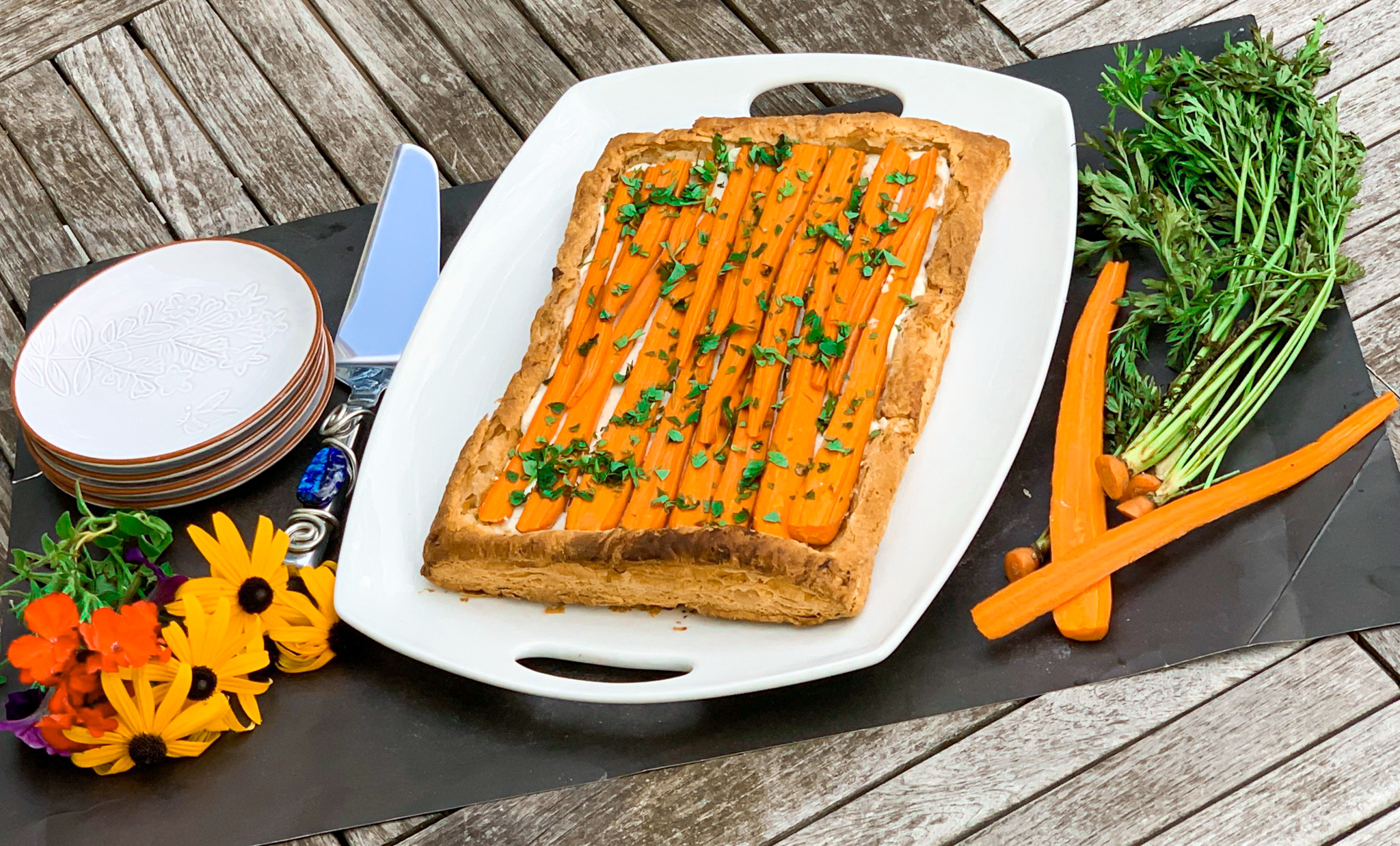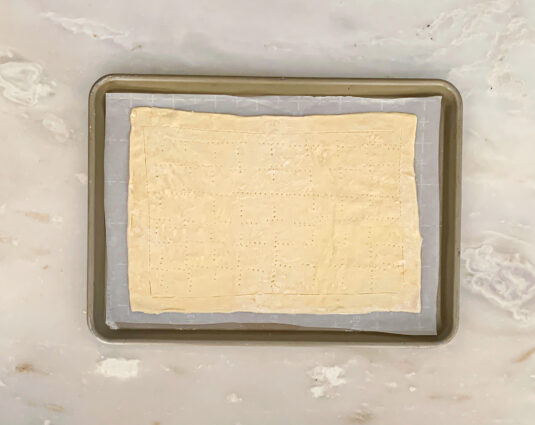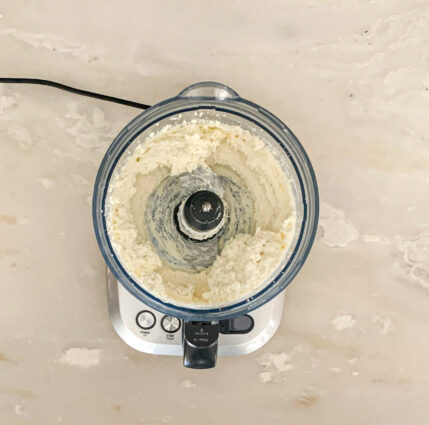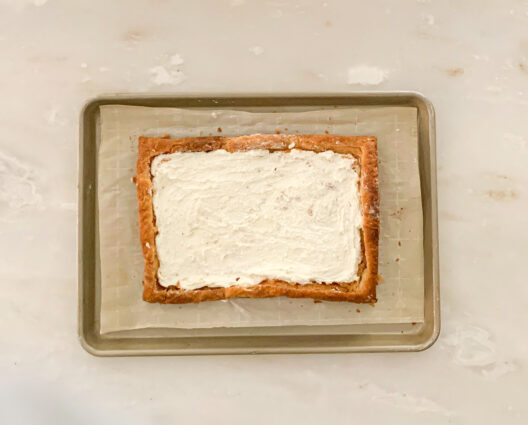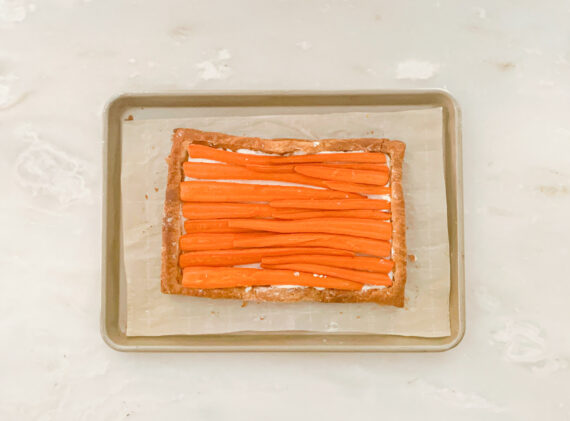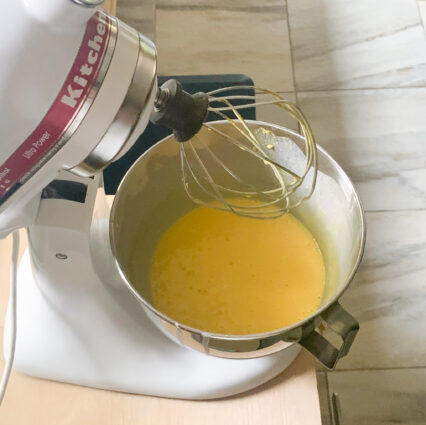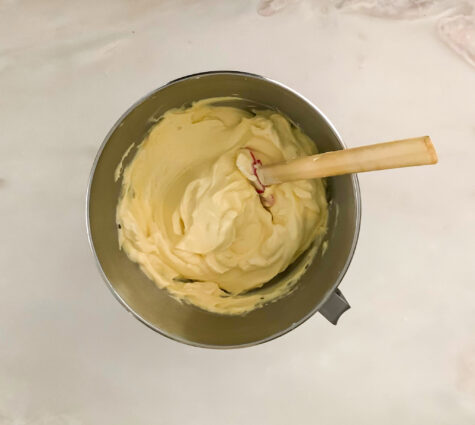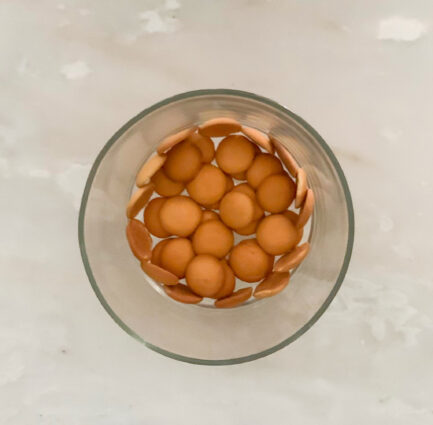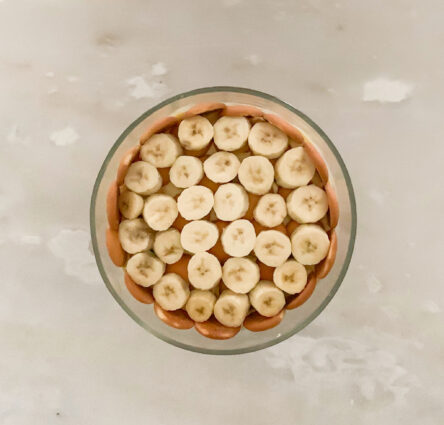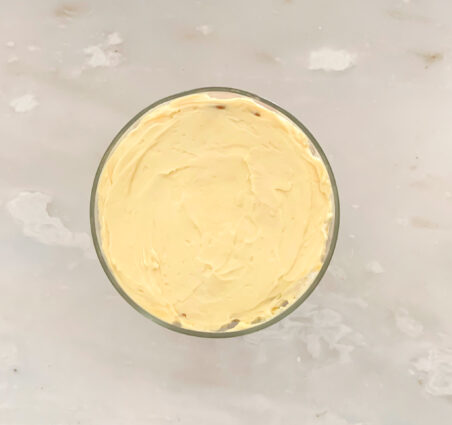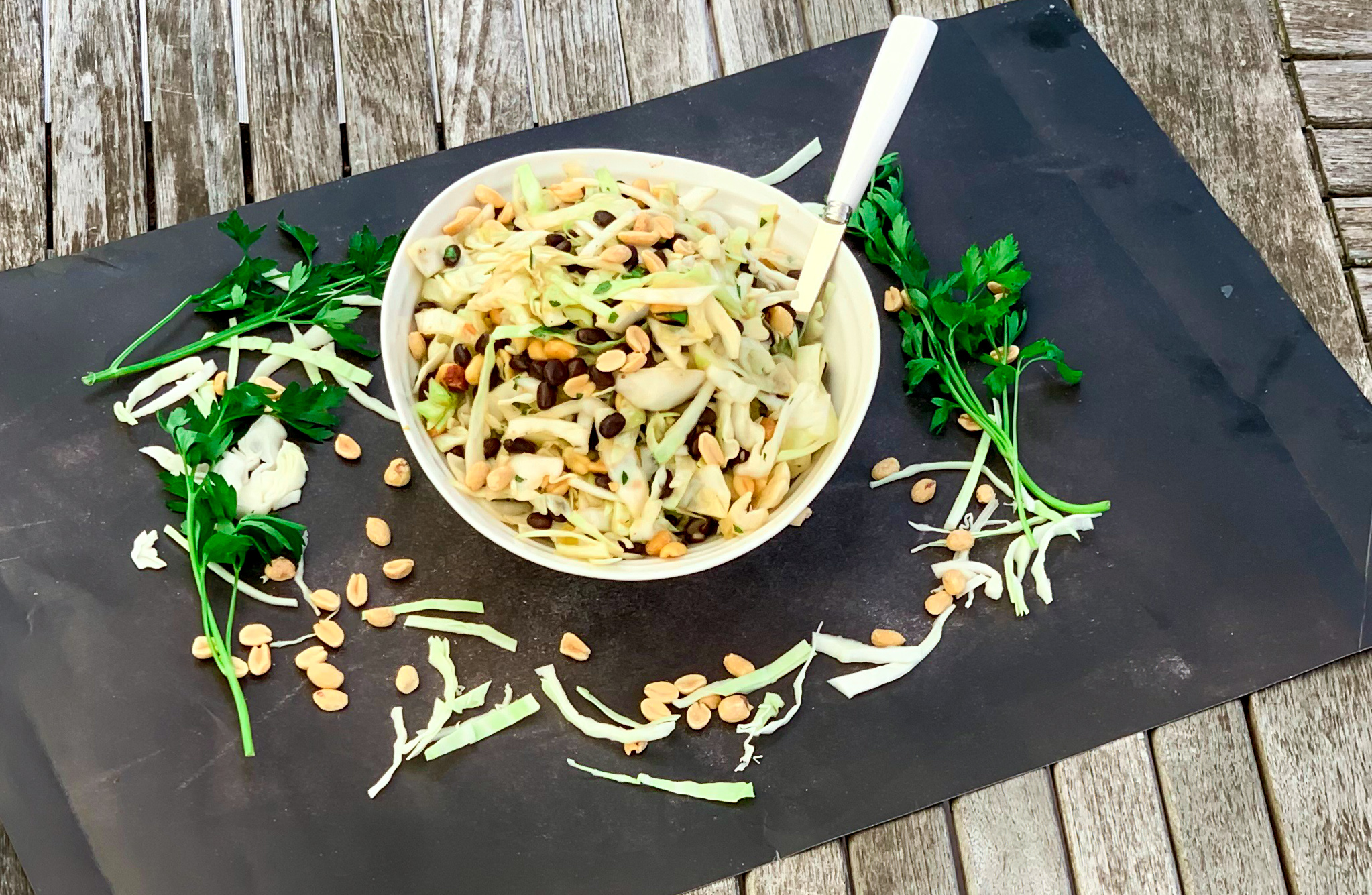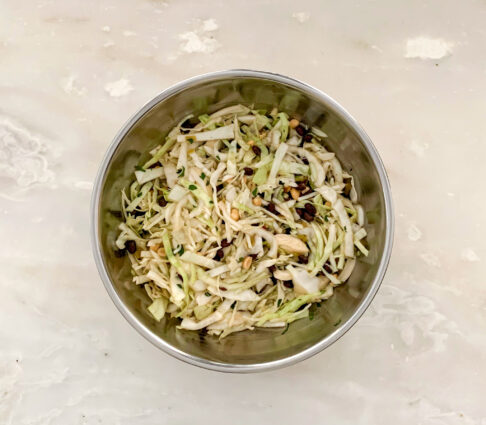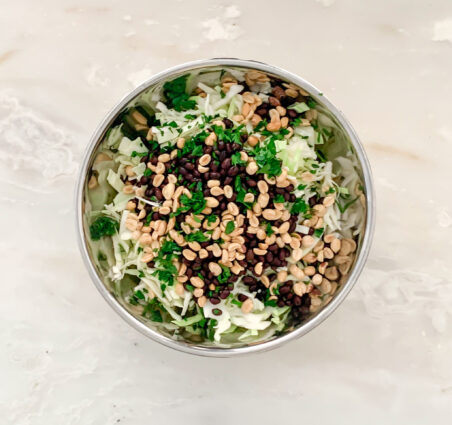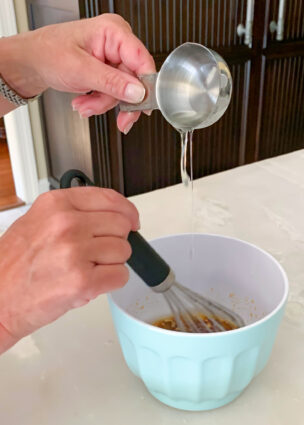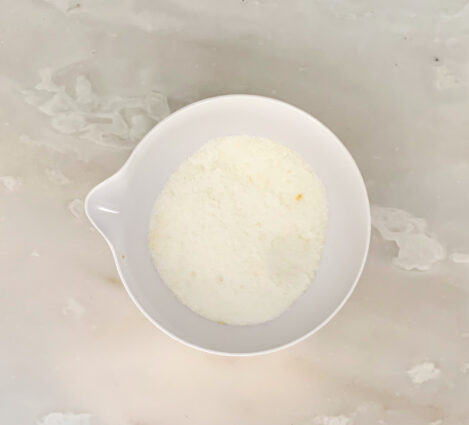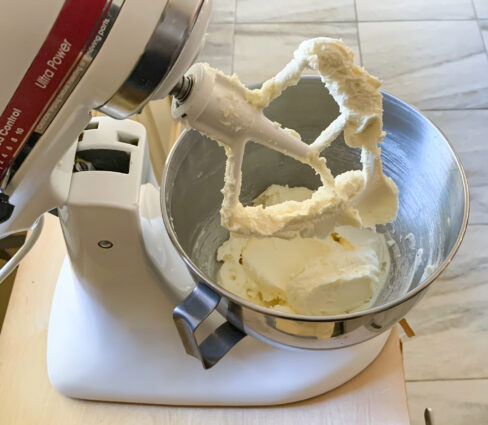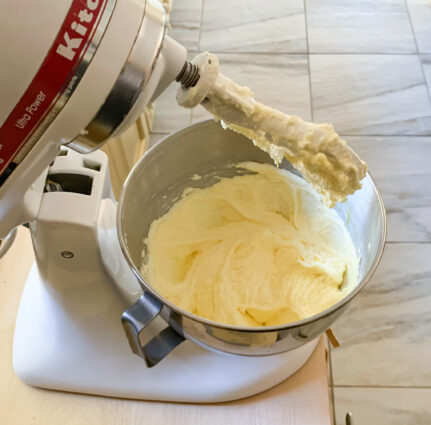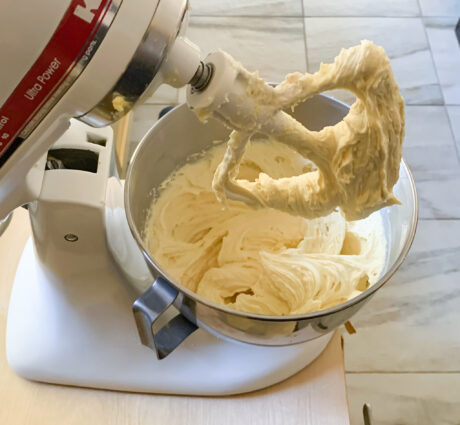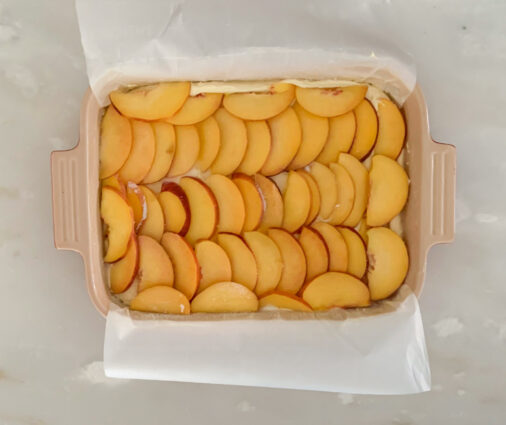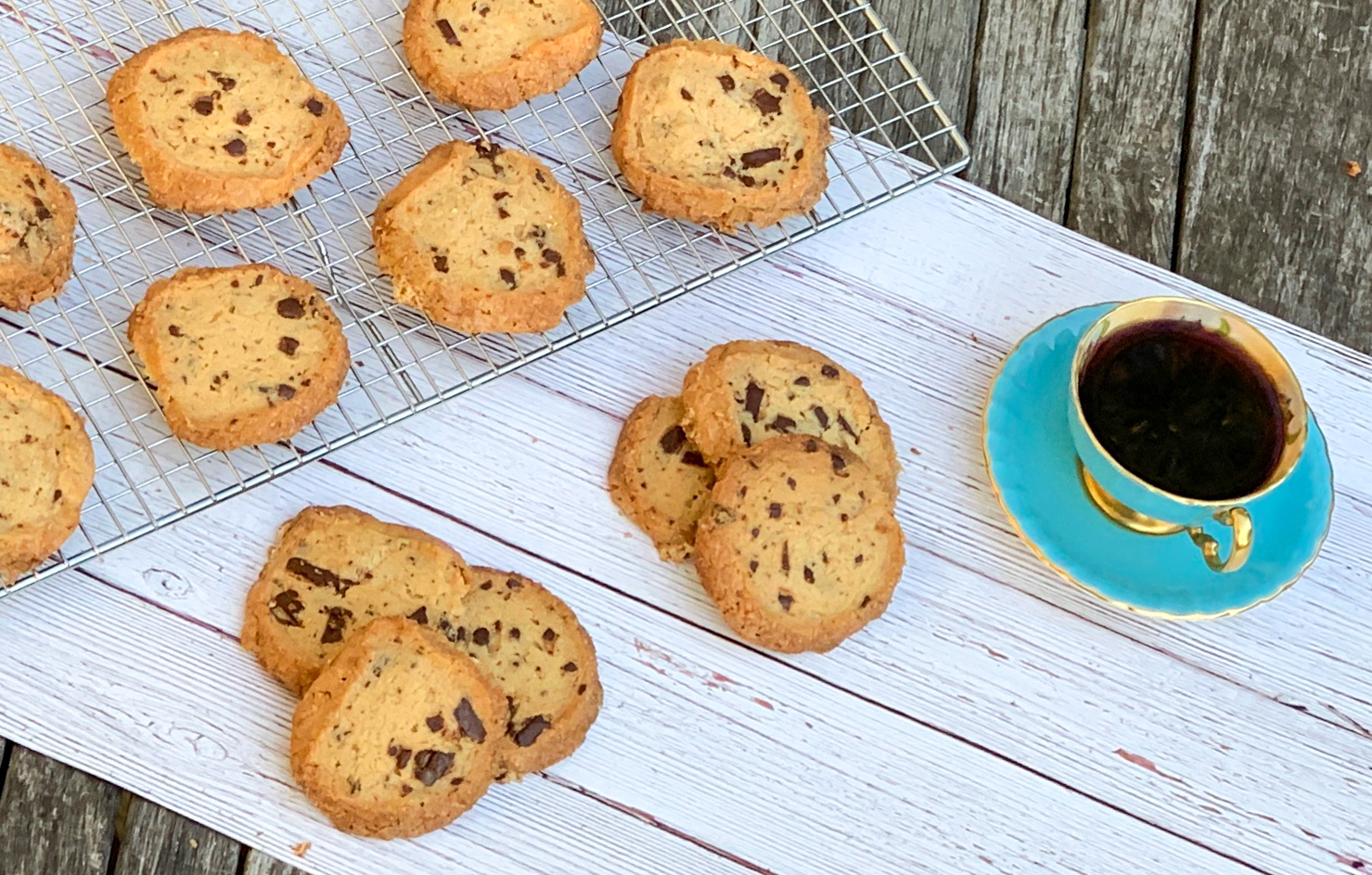
Do you ever get the urge to indulge in a perfect cookie and a tall, cold glass of milk? Yeah, me too. Cookies are just about everyone’s favorite treat. Their size makes it easy to bring them anywhere you go, and their versatility makes them a great option for breakfast, a snack, or desert.
Although everyone’s definition of the “perfect cookie” is different, I challenge anyone to disagree with my assessment.
Shortbread cookies are different because they have an unusually high butter content. According to the Nibble, these cookies may have been made as early as the 12th century, but its invention (or at least, the refinement to its current form) is often attributed to Mary, Queen of Scots in the 16th century. She had a team of French chefs who had the time, labor, and ingredients to perfect the recipes.
Shortbread origins are in Scotland during medieval times. According to EnglishTeaStore.com, Scottish shortbread evolved from medieval biscuit bread, a twice-baked, enriched bread roll dusted with sugar and spices and hardened into a rusk. Eventually, butter was substituted for yeast, and shortbread was born.
The original shortbreads were made with oatmeal; the more elegant white flour came later and lightened the cookie substantially. The addition of rice flour gives shortbread a grainy, crumbly texture, while cornstarch (also called corn flour) gives it a denser texture, although I don’t know of many recipes that call for rice flour for shortbread cookies any more.
There are two possible reasons for the name “shortbread cookie.” Some say it is because of the crumbly texture of the cookie, while others attribute it to the large quantity of shortening or butter.
These cookies are easy to prepare and if you or a loved one have a sweet tooth, you need to add them to your repertoire. The flawless contrast of their chewy inside and crunchy outer layer make them worth every minute of preparation! There is no better way to describe these cookies than Allison Roman does: “less chocolate chip cookie, more brown sugar shortbread with chocolate chunks–they might be just the cookie you are looking for. Made with lots of salted butter (it has a slightly different flavor and a deeper saltiness than just using salt), the dough has just enough flour to hold together and the right amount of light brown sugar to suggest a chocolate chip cookie. If you find it tragically annoying finding salted butter just for this recipe, you can use unsalted butter and add 3/4 teaspoon kosher salt to the flour.”
This recipe is courtesy of Allison Roman and will make about 20 cookies for cookie lovers of all ages.
Ingredients for Salted Butter and Chocolate Chunk Shortbread Cookies:
1 cup plus 2 tablespoons (2¼ sticks) cold salted butter, cut into ½-inch pieces
½ cup granulated sugar
¼ cup (packed) light brown sugar
1 teaspoon vanilla extract
2¼ cups all-purpose flour
6 ounces semisweet or bittersweet dark chocolate, chopped (but not too fine, you want chunks, not thin shards of chocolate)
1 large egg, beaten to blend
Demerara sugar (for rolling)
Flaky sea salt
Using an electric mixer and a medium bowl or a stand mixer fitted with the paddle attachment, beat butter, granulated sugar, brown sugar, and vanilla on medium-high speed until super light and fluffy, 3–5 minutes.
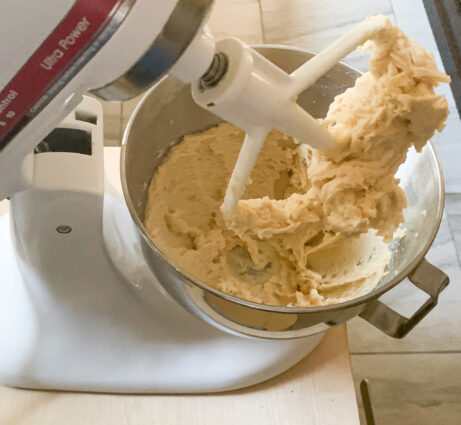
Using a spatula, scrape down sides of bowl.
With mixer on low speed, slowly add flour, followed by chocolate chunks, and beat just to blend.
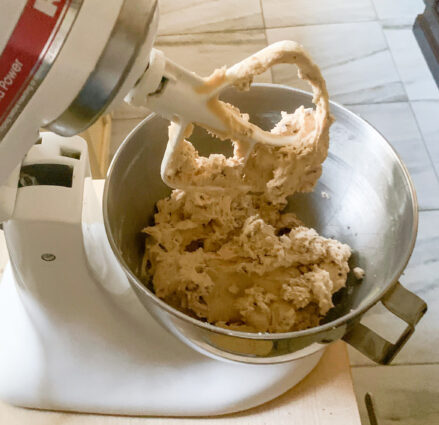
Divide dough in half, then place each half on a large piece of plastic wrap.
Fold plastic over to cover dough and protect your hands from getting all sticky.
Using your hands (just like you’re playing with clay), form dough into a log shape; rolling it on the counter will help you smooth it out, but don’t worry about getting it totally perfect.
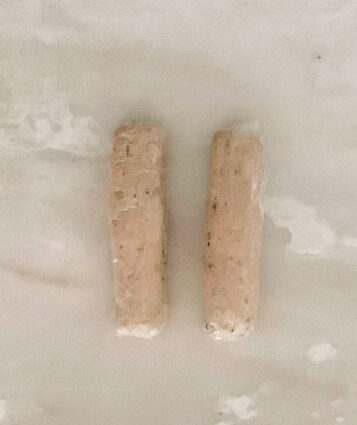
Each half should form logs that are 2–2¼” in diameter.
Chill until firm, about 2 hours.
Preheat oven to 350°. Line a rimmed baking sheet (two, if you’ve got ’em) with parchment paper.
Brush outside of logs with egg wash.
Roll logs in demerara sugar (this is for those really delicious crispy edges).
Slice each log into ½”-thick rounds.
Arrange on prepared baking sheet about 1″ apart (they won’t spread much).
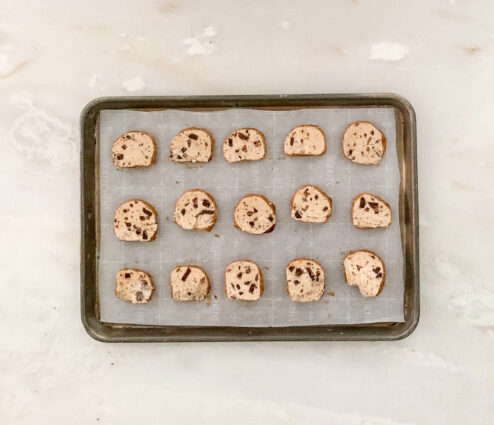
Sprinkle with sea salt. Bake cookies until edges are just beginning to brown, 12–15 minutes.
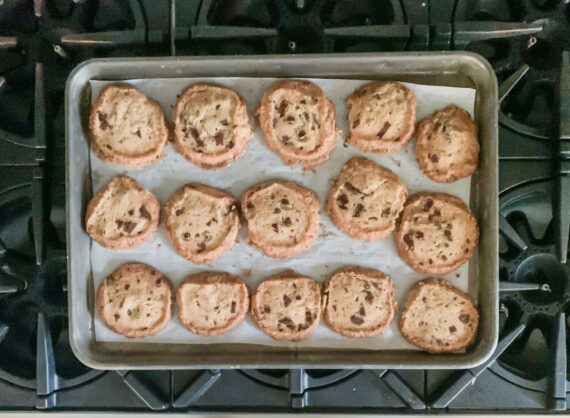
Let cool slightly before eating them all.
Do Ahead: Cookie dough can be made 1 week ahead. Tightly wrap in plastic and chill, or freeze up to 1 month. Cookies can be baked 5 days ahead. Store in plastic wrap or an airtight container.
It’s that simple!

